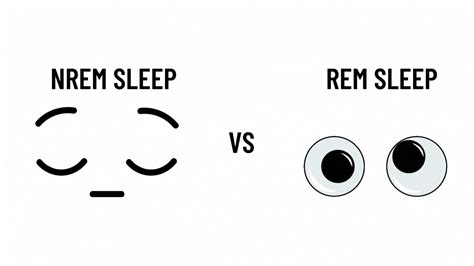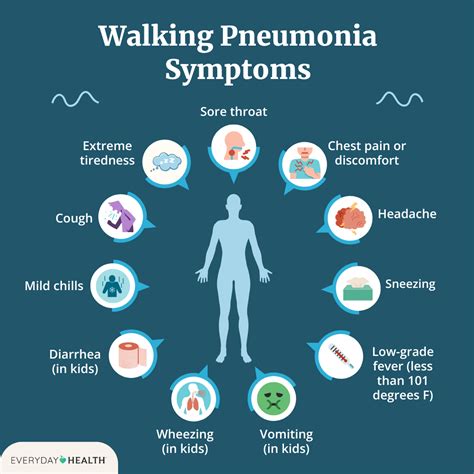The mysteries of sleep have long fascinated scientists and the general public alike, with rapid eye movement (REM) sleep often taking center stage due to its association with vivid dreams and brain activity similar to being awake. However, non-REM sleep, which comprises about 75% of our sleep time, is equally crucial for our physical and mental health. Non-REM sleep is divided into three stages, each playing a significant role in the restoration and rejuvenation of the body.
Stage 1 Non-REM Sleep: Transition to Sleep
The first stage of non-REM sleep is essentially the transition phase from wakefulness to sleep. During this stage, brain waves slow down, becoming less active and moving from alpha waves (seen in relaxation) to theta waves, indicating drowsiness. This stage is characterized by easy arousal and is often when one might drift in and out of consciousness, experiencing a “floating” sensation or feeling as though they are about to fall asleep but haven’t quite reached that point. Stage 1 non-REM sleep is crucial as it prepares the body for deeper relaxation, reducing body temperature, heart rate, and blood pressure, signaling the beginning of the sleep cycle.
Stage 2 Non-REM Sleep: Light Sleep
Stage 2 non-REM sleep is a period of light sleep before entering deeper sleep. The heart rate and body temperature decrease further, preparing the body for the restorative processes that will occur in the deeper stages of sleep. This stage is characterized by specific brain wave patterns, including sleep spindles and K-complexes. Sleep spindles are brief bursts of brain activity, and K-complexes are large waves that helps to suppress the response to sleep disruptions, protecting the continuity of sleep and preventing unnecessary wake-ups. Stage 2 non-REM sleep, while not as deep as stage 3, is still very important, as it constitutes about 45% to 55% of total sleep time in adults and plays a role in reducing the sensitivity to external stimuli.
Stage 3 Non-REM Sleep: Deep Sleep
Stage 3 non-REM sleep, also known as deep sleep or slow-wave sleep, is the most restorative part of the sleep cycle. During this stage, delta brain waves are prominent, which are the slowest and highest-amplitude brain waves. It is during stage 3 that the body repairs and regenerates tissues, builds bone and muscle, and strengthens the immune system. This stage is critical for physical recovery, especially after a strenuous workout or injury. Additionally, the brain processes and consolidates memories, transferring information from the hippocampus to the long-term storage, making it a vital component of learning and memory.
Importance of Non-REM Sleep
Non-REM sleep is often overlooked in favor of REM sleep due to the latter’s more apparent functions, such as memory consolidation through dreams. However, non-REM sleep has its own set of critical functions that are indispensable for both physical health and cognitive functions. The restoration of the body’s energy reserves, syntethis of proteins that repair and grow tissues, and the regulation of hormones that control growth and appetite are all processes that occur during non-REM sleep. Moreover, non-REM sleep has been linked to the clearance of neurotoxic waste from the brain, which may prevent neurodegenerative diseases like Alzheimer’s.
Disturbances in Non-REM Sleep
Disturbances in non-REM sleep can lead to various health issues, including sleep inertia (the feeling of grogginess upon waking), difficulty concentrating, and increased risk of chronic diseases such as diabetes and cardiovascular disease. Factors that can disrupt non-REM sleep include sleep disorders like sleep apnea and insomnia, lifestyle factors such as lack of regular sleep schedule or consuming heavy meals close to bedtime, and environmental factors like excessive noise or an uncomfortable sleep environment.
Practical Strategies to Enhance Non-REM Sleep
Improving the quality of non-REM sleep involves adopting good sleep hygiene practices. Establishing a consistent sleep schedule helps regulate the body’s internal clock and can improve the quality of deep sleep. Creating a sleep-conducive environment, such as keeping the bedroom cool, dark, and quiet, can significantly enhance the ability to fall into and stay in non-REM sleep stages. Avoiding stimulating activities and electronic devices before bedtime, due to their potential to suppress melatonin production, can also help in achieving restorative sleep. Additionally, regular physical activity, avoided too close to bedtime, can promote deeper sleep.
Conclusion
Non-REM sleep, encompassing stages 1 through 3, plays a vital role in the bodily restoration and mental rejuvenation processes during sleep. Its stages, from the transition to sleep in stage 1, through the light sleep of stage 2, to the deep, restorative sleep of stage 3, are crucial for overall health and cognitive function. Understanding the importance of non-REM sleep and adopting practices that enhance its quality can lead to better physical health, improved mental clarity, and an overall higher quality of life.
What is the role of non-REM sleep in physical health?
+Non-REM sleep, particularly stage 3, is crucial for physical health as it is during this stage that the body repairs and regenerates tissues, builds bone and muscle, and strengthens the immune system. This stage is critical for physical recovery, especially after injury or strenuous exercise.
How does non-REM sleep contribute to cognitive functions?
+Non-REM sleep, especially stage 3, plays a significant role in cognitive functions through the consolidation of memories and learning. The brain processes and stores information from the hippocampus to the long-term storage, making this stage vital for learning and memory.
What happens if non-REM sleep is disrupted?
+Disruptions in non-REM sleep can lead to various health issues, including sleep inertia, difficulty concentrating, and an increased risk of chronic diseases such as diabetes and cardiovascular disease. Factors such as sleep disorders, lifestyle choices, and environmental factors can disrupt non-REM sleep.


